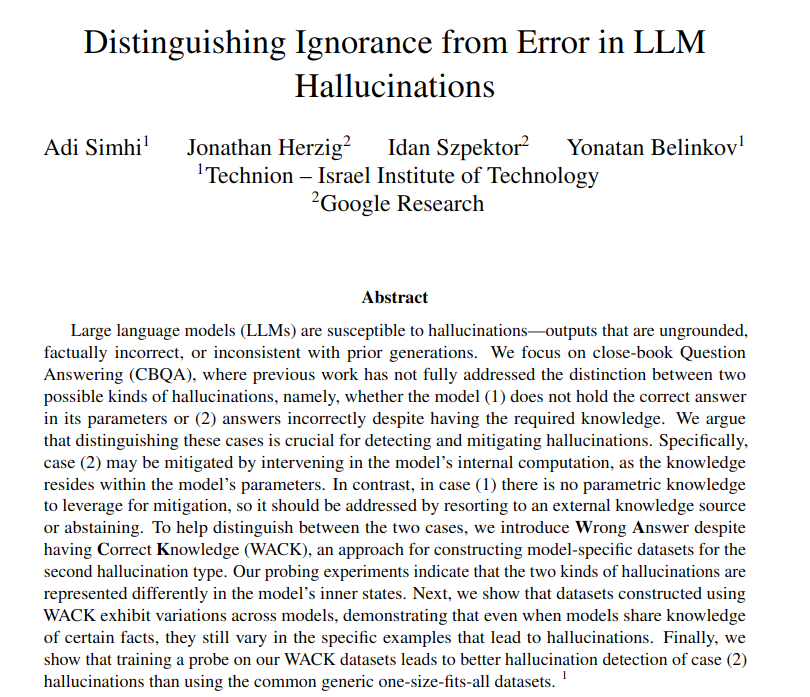
Yan Meng
@vivian_yanmy
NLP PhD @ltl_uva; Previous @wing_nus
ID: 1239705709127794688
https://yanmeng-nlp.com 17-03-2020 00:10:56
26 Tweet
123 Followers
309 Following



📢 Exciting! 📚 Introducing our preprint on memory-efficient fine-tuning! 🧠💡 Make your pre-trained model reversible without any additional pre-training!🔍 Work with Christof Monz and Shaomu Tan! preprint: arxiv.org/pdf/2306.00477… repos: github.com/baohaoLiao/mef…



Excited to share our #AACL paper: "FOLLOWUPQG: Towards Information-Seeking Follow-up Question Generation" ✨ Thanks for collaborators Liangming Pan , Yixin Cao, and Min-Yen Kan! 📖BLOG: yanmeng-nlp.com/261-2/ 📑PAPER: arxiv.org/pdf/2309.05007… #NLProc


Glad to share that our paper is accepted by the main conference in #EACL2024🎉 Thanks for my supervisor Christof Monz! Check out our paper and blog for more details on the interplay between transfer and regularization in MMT. Blog Link: yanmengnlp.com/target-side-tr… arxiv.org/abs/2402.01772


Tomorrow I will present our paper for the oral session at 9:00 AM in Marie Louise 1 eaclmeeting #EACL2024 Happy to meet you there :)

Circuits are a hot topic in interpretability, but how do you find a circuit and guarantee it reflects how your model works? We (Sandro Pezzelle, Yonatan Belinkov, and I) introduce a new circuit-finding method, EAP-IG, and show it finds more faithful circuits arxiv.org/abs/2403.17806 1/8

Next week I'll be in Vienna at ICML Conference! Want to learn more on how to explicitly model embeddings on hypersphere and encourage dispersion during training? Come to the Gram Workshop poster session 2 on 27.07 Shoutout to my collaborators Hua Chang Bakker and timorous bestie 😷 💫












